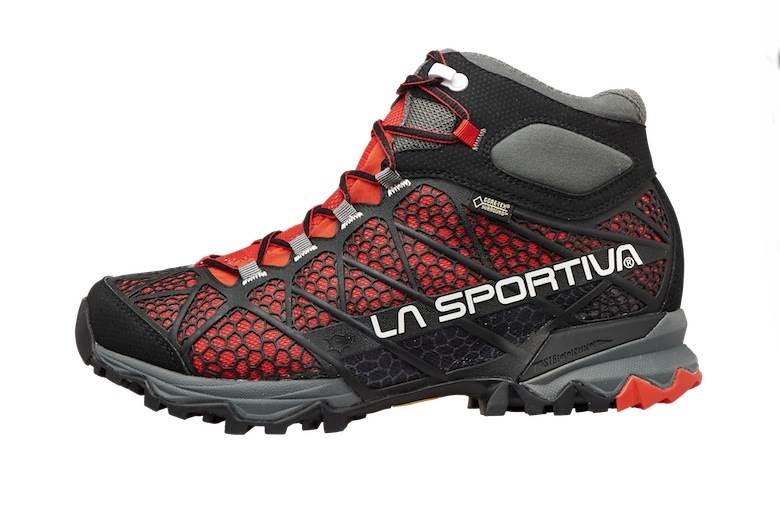Gore says better boots have a lower carbon footprint
04/11/2014

On presenting the findings, Gore described LCA as “the global standard for assessing the total environmental impact of a finished product”, taking into account all aspects of a product’s ecological footprint, including resource and energy consumption, emissions to air, water and land, as well as health, ecosystems, and more.
Its aim in this latest LCA analysis was to evaluate the environmental impact of a hiking boot containing Gore-Tex for waterproof and breathable functionality over three-and-a-half years of use.
The study was carried out with input from third party experts, including the O¨ko-Institut Freiburg and the Institute for Environmental Research in Washington.
Results show that the use of the boots for 3.5 years emits carbon emissions of 27.1 kilos of CO2-equivalent, comparable to the environmental impact of driving 100 kilometres in a mid-sized car consuming 7.5 litres of fuel.
“To put that into perspective,” WL Gore said, “buying two less durable pairs of hiking boots over this time would result in carbon emissions of 52.4 kilos. This would cause an environmental impact equivalent to driving 190 kilometres instead of 100.”
WL Gore said the results showed parallels with an earlier LCA analysis it carried out on a Gore-Tex jacket. The leader of its fabrics division, Bernhard Kiehl, said this led him to conclude that the best way to minimise the environmental footprint of outerwear products is to enhance their durability. “Quality, durability and performance are the three cornerstones,” he said.








